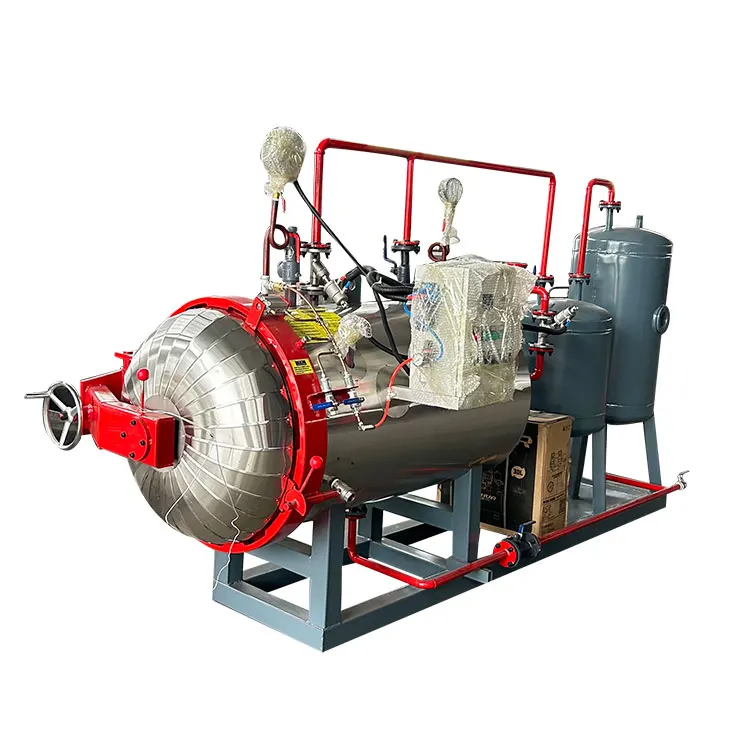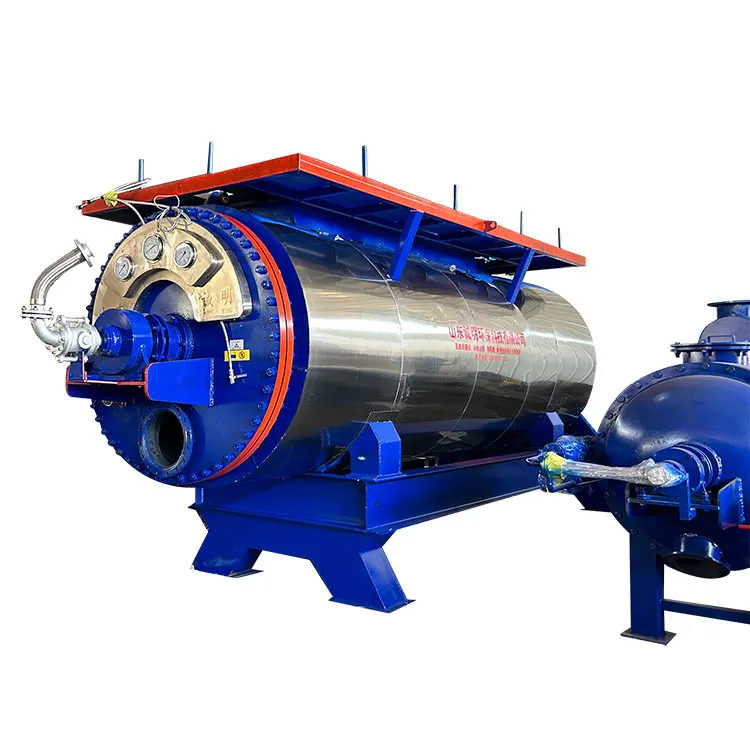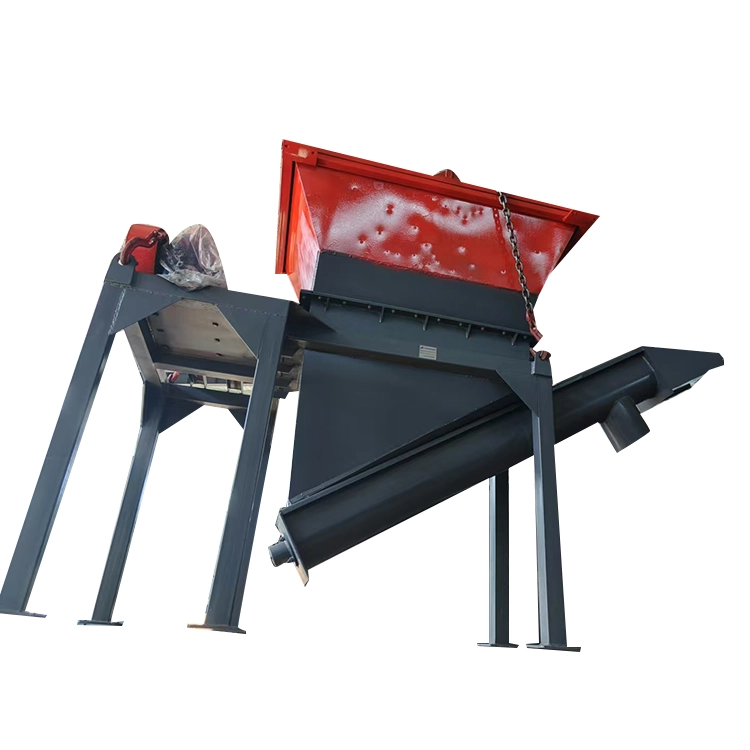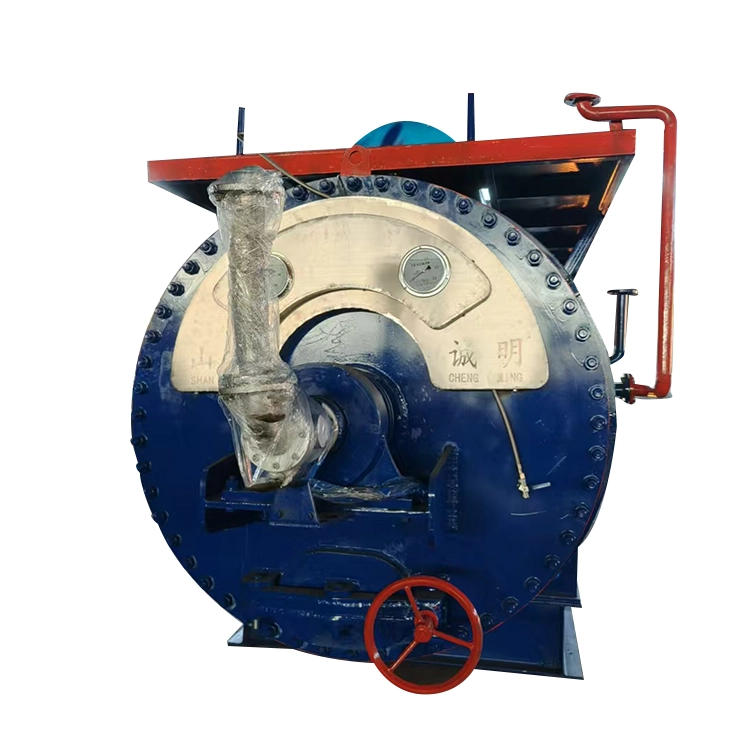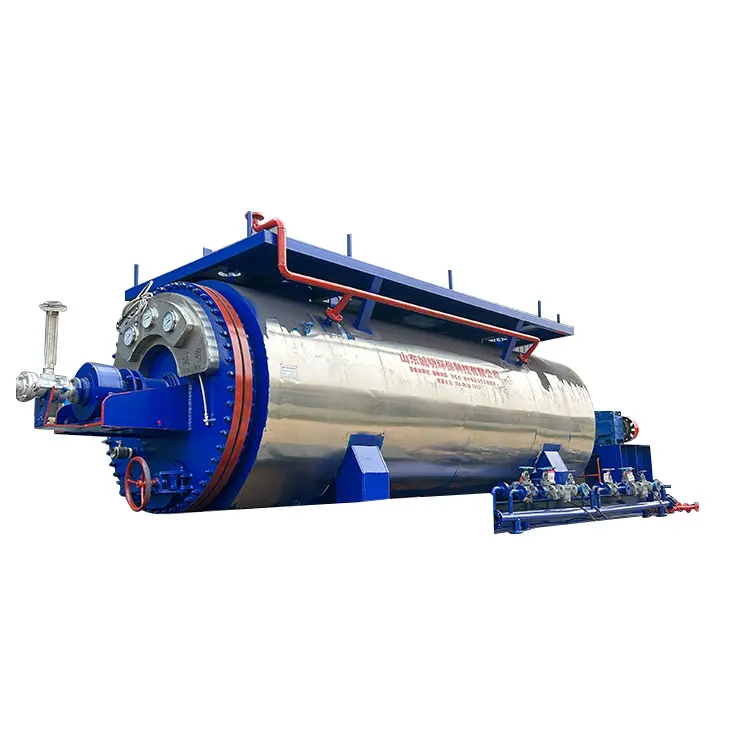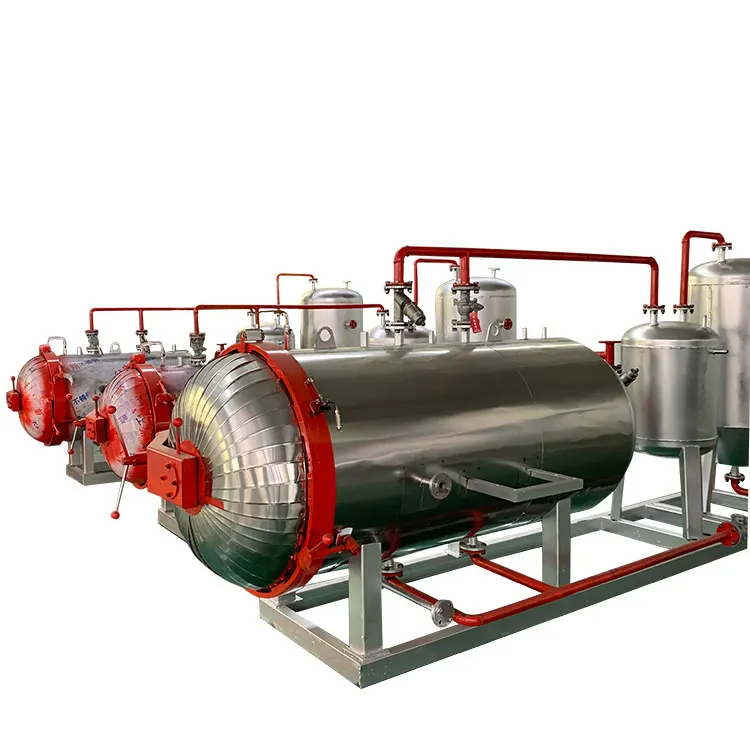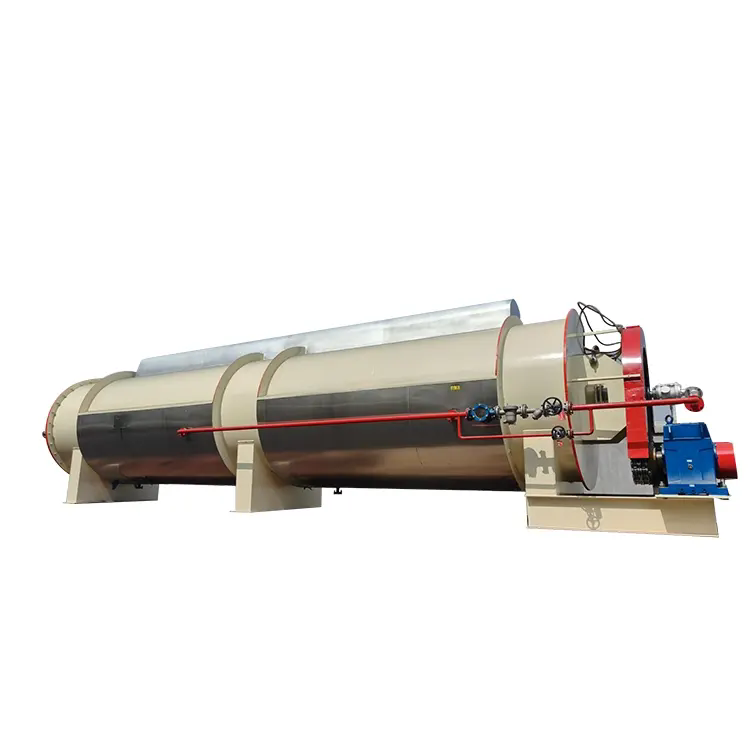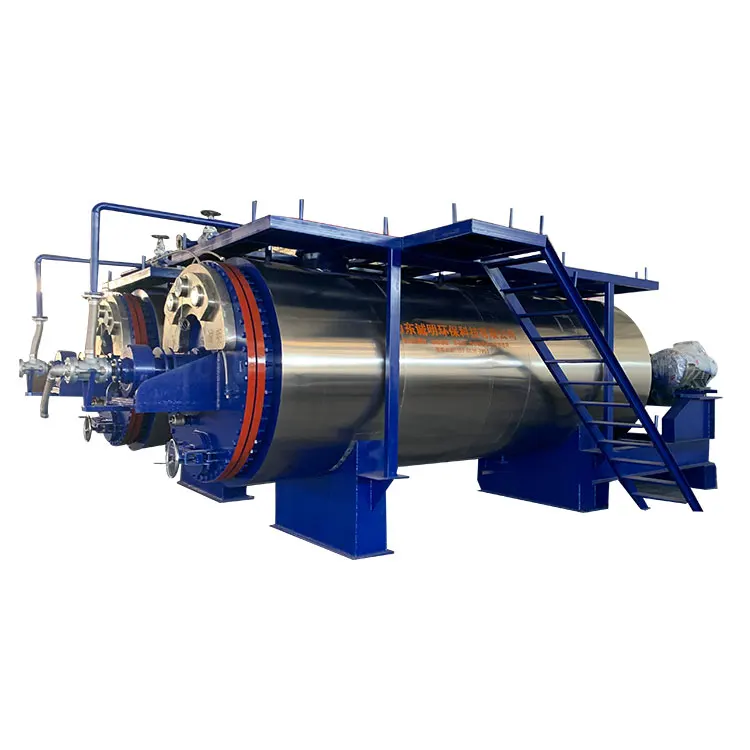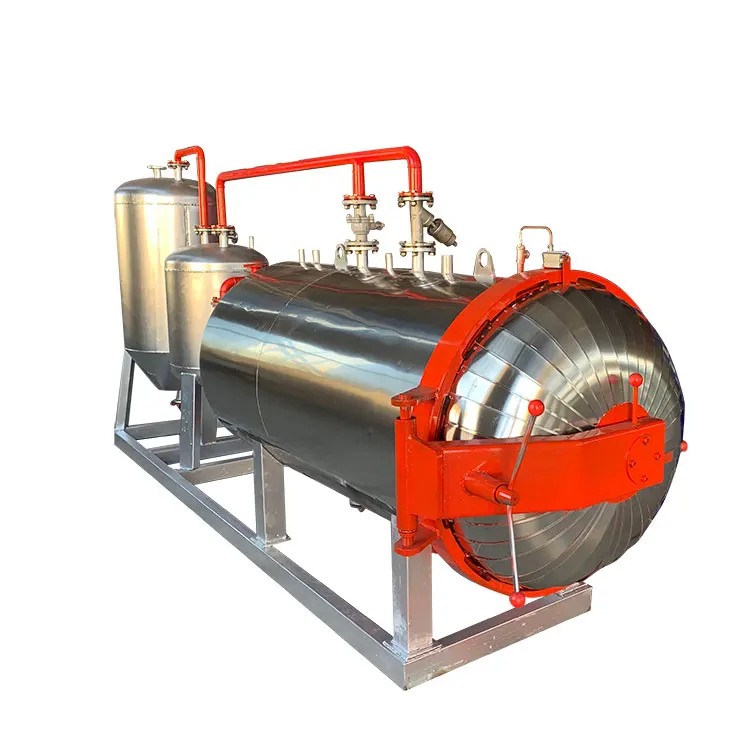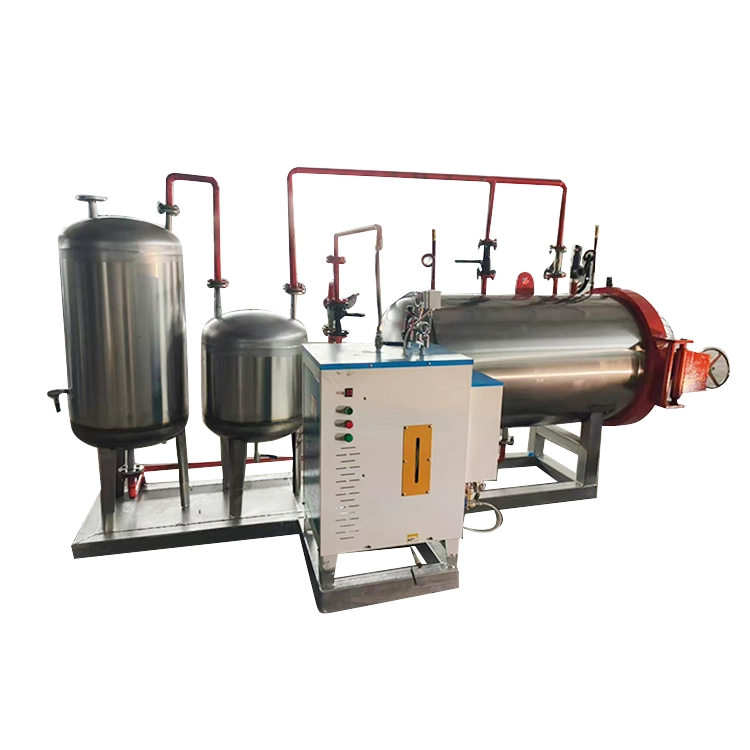Email Us
What is harmless treatment equipment? How to carry out harmless treatment of dead livestock and poultry?
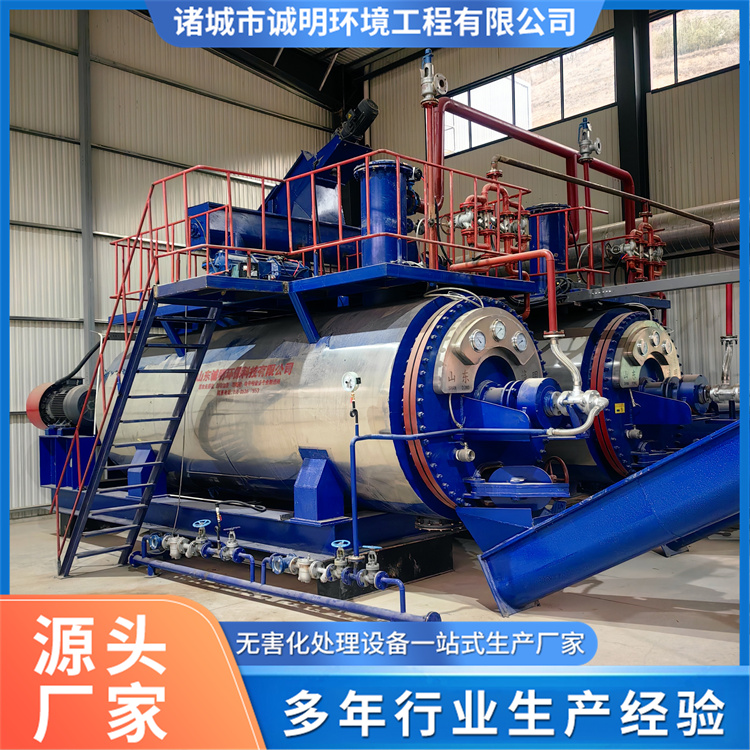
In summary, harmless treatment equipment refers to the devices used to process the carcasses of dead animals/poultry in a safe manner. This equipment employs high temperature and high pressure principles to sterilise the carcasses or affected parts of diseased animals, achieving harmless treatment through high-temperature sterilisation. The harmless treatment equipment developed by Dejun (Chuang) Company complies with GB16548-2006 "Biological Safety Treatment Procedures for Diseased Animals and Animal Products" requirements, effectively killing the pathogenic microorganisms of major animal diseases as specified in the standards. It can process the necrotic parts of carcasses affected by animal diseases such as anthrax, foot-and-mouth disease, and swine fever, as well as waste from trimming and glands, playing a positive role in eliminating and controlling major animal diseases, improving the quality of animal epidemic prevention, preventing the market entry of harmful virus-infected animal products, ensuring the quality and safety of market-shared animal products, ensuring food safety, and safeguarding public health. In recent years, due to the prevalence and outbreak of animal diseases, the number of dead livestock and poultry has increased sharply, making harmless treatment more challenging. Incidents of random disposal and burial of dead livestock and poultry are frequently discovered, providing opportunities for the spread of animal diseases. So how should we handle dead livestock and poultry?
At the beginning, most of the disposal was done through burial methods, and deep burial sites must be selected at a distance from residential areas, livestock breeding zones, water bodies and sources. The geological conditions should be stable, located downwind from residential areas and downstream of water collection points, avoiding rainwater gathering places, which facilitates the transportation and disinfection of diseased livestock. Secondly, deep pits should be dug. For large-scale disposal of dead livestock, they should be buried at least 3 metres deep; for individual cases, they should be buried at least 1 metre deep, ensuring that the dead livestock cannot be dug up by wild dogs or other animals. Disinfection and sterilization should be carried out properly. The deep pits must be filled with a large amount of quicklime and caustic soda, followed by a layer of dead livestock and a sprinkling of quicklime, before being covered with soil. After covering, disinfectant should be sprayed around the burial site. This method is cost-effective but less efficient, and may not completely prevent the spread of pathogens, thus failing to achieve a harmless state.

The next method is incineration; however, the waste gases and rubbish produced during the burning process have a significant impact on the environment, so using incinerators to dispose of dead animals has now been prohibited.Another method is natural degradation, or biodegradation. This generally takes at least 48 hours or more and is environmentally friendly, but it is time-consuming.To this end, our company has developed harmless disposal equipment. The harmless equipment produced and developed by our company has two processes: one is the drying and processing technology, suitable for use in large farms, slaughterhouses, and urban harmless disposal centres. After processing diseased livestock, it generates a large amount of animal bone meal, grease, and organic fertiliser, achieving resource utilisation. The processing flow includes pre-crushing, processing drying, de-greasing, cooling, crushing and packaging, and waste gas and wastewater treatment.
The second is the wet chemical processing technology. It is suitable for small to medium-sized breeding areas and slaughterhouses to handle the carcasses of dead livestock and poultry and slaughter waste close by without transporting it elsewhere, thus preventing the cross-contamination of pathogens. The solid products obtained can be used as raw materials for producing organic fertiliser, while the grease can be processed into industrial oil, turning waste into treasure. Either electric heating steam or boiler steam methods can be employed.
- How Does an Animal Carcass Crusher Support Regulated Animal Waste Disposal?
- How Does a Feather Powder Hydrolysis Tank Support Industrial Protein Processing?
- How Is Food Waste Managed More Efficiently in Commercial and Municipal Environments?
- How Does a Grain Sterilization Tank Improve Food Safety Compliance?
- What Is Meat Bone Meal Production Equipment and How Does It Work?
- What Is a Feather Powder Dryer and How Does It Improve Rendering Efficiency?
Contact Us
Shunwang Avenue, Zhucheng City, Shandong Province, China
Copyright © 2024 Shandong Chengming Environmental Protection Technology Co., Ltd. All Rights Reserved.


